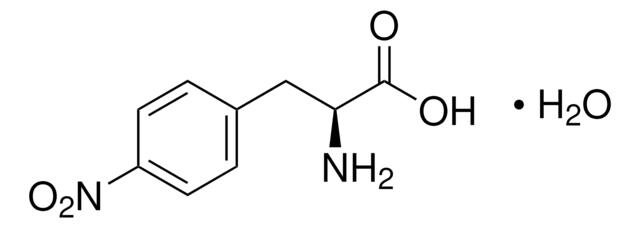おすすめの製品
グレード
ACS reagent
蒸気密度
<0.3 (25 °C, vs air)
蒸気圧
1 mmHg ( 146 °C)
詳細
Free from suspended or insoluble matter
Nominally 95-98% H2SO4
アッセイ
95.0-98.0%
フォーム
liquid
強熱残分
≤5 ppm
色
APHA: ≤10
pH
1.2 (5 g/L)
bp
~290 °C (lit.)
密度
1.840 g/mL at 25 °C (lit.)
微量陰イオン
MnO4- reducers: ≤2 ppm
chloride (Cl-): ≤0.2 ppm
nitrate (NO3-): ≤0.5 ppm
微量陽イオン
As: ≤0.01 ppm
Fe: ≤0.2 ppm
Hg: ≤5 ppb
NH4+: ≤2 ppm
heavy metals (as Pb): ≤1 ppm
SMILES記法
OS(O)(=O)=O
InChI
1S/H2O4S/c1-5(2,3)4/h(H2,1,2,3,4)
InChI Key
QAOWNCQODCNURD-UHFFFAOYSA-N
類似した製品をお探しですか? 訪問 製品比較ガイド
シグナルワード
Danger
危険有害性情報
危険有害性の分類
Eye Dam. 1 - Met. Corr. 1 - Skin Corr. 1A
保管分類コード
8B - Non-combustible corrosive hazardous materials
WGK
WGK 1
引火点(°F)
Not applicable
引火点(℃)
Not applicable
適用法令
試験研究用途を考慮した関連法令を主に挙げております。化学物質以外については、一部の情報のみ提供しています。 製品を安全かつ合法的に使用することは、使用者の義務です。最新情報により修正される場合があります。WEBの反映には時間を要することがあるため、適宜SDSをご参照ください。
労働安全衛生法名称等を表示すべき危険物及び有害物
名称等を表示すべき危険物及び有害物
労働安全衛生法名称等を通知すべき危険物及び有害物
名称等を通知すべき危険物及び有害物
Jan Code
320501-VAR:
320501-2.5L-PW:
320501-6X500ML:4548173134895
320501-1KG:
320501-500ML:4548173134871
320501-BULK:
320501-6X2.5L-PW:
320501-CH:
320501-500ML-PW:
320501-1L:
320501-6X2.5L:4548173134888
320501-2.5L:4548173134864
320501-6X500ML-PW:
この製品を見ている人はこちらもチェック
ライフサイエンス、有機合成、材料科学、クロマトグラフィー、分析など、あらゆる分野の研究に経験のあるメンバーがおります。.
製品に関するお問い合わせはこちら(テクニカルサービス)




